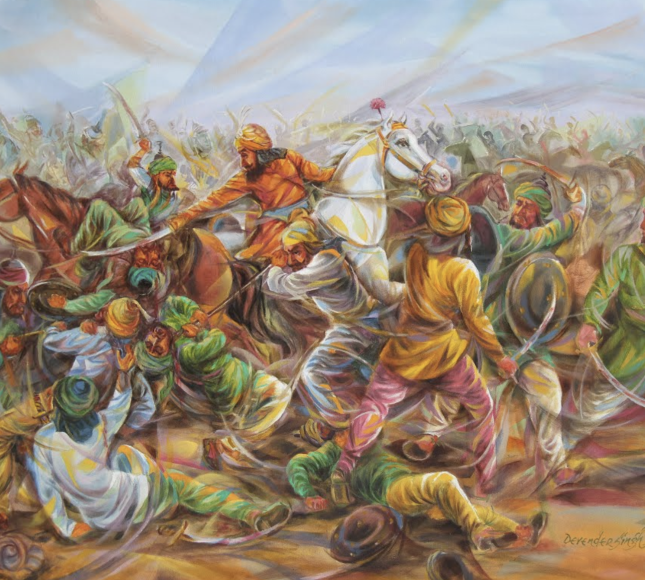MISLDARI OR MISALDARI, a system of political relationship as well as land tenure, came into being with the rise of Sikh power in eighteenth-century Punjab. The Sikh warriors who, since the execution of Banda Singh Bahadur in 1716, had lived precariously as small guerrilla bands, by the middle of the century grouped themselves into eleven main divisions and started acquiring territory as misls. This was the origin of the Sikh misls which established their sway in Punjab.
Under the misldari system of land tenure which now prevailed, the chief or sardar of each misl could allot land to a member of his own misl, or even to an outsider, not as a grant or jagir, but as a share of the territory in the conquest of which the latter was an equal partner. Sometimes the subordinate misldars or commanders occupied territory on their own but continued to accept the sardar of the misl as their chief. The misldars were independent in the management of their respective territories. They could alienate it to a member of the parent misl but not to an outsider.
Their relationship with the sardar of the parent misl remained that of subordinates, but only for the purposes of offense and defense against outsiders. Again, the occupation of territory only entitled them to a share in the produce. The misldars, like the jagirdars, could not interfere with the traditional proprietary or occupancy rights of the tillers of the land. Misldari was a transient phenomenon. With the emergence of the Sikh kingdom under Maharaja Ranjit Singh in the early decades of the nineteenth century absorbing most of the misls, the system became redundant. Many of the misldars, however, joined service under the Maharaja, who allowed them to keep the whole or part of their past holdings as jagirs, but not as permanent or independent freeholds.
References :
1. Bhagat Singh, Sikh Polity in the Eighteenth and Nineteenth Centuries. Delhi, 1978
2. Nayyar, Gurbachan Singh, Sikh Polity and Political Institutions. Delhi, 1979



